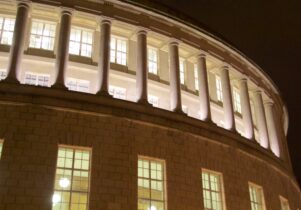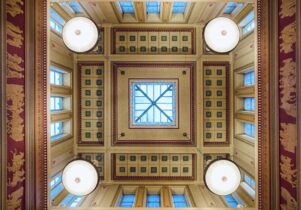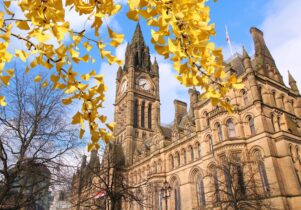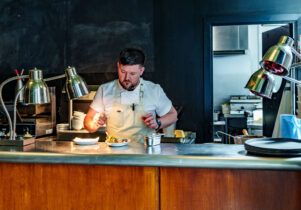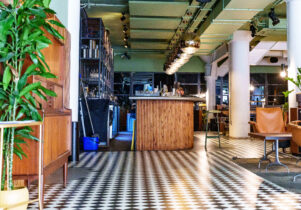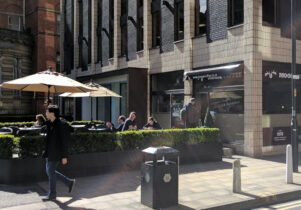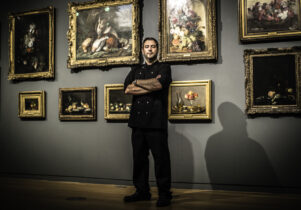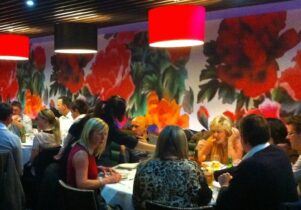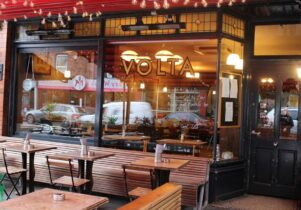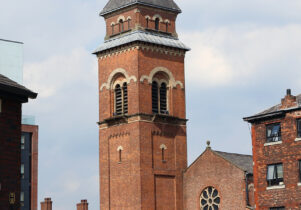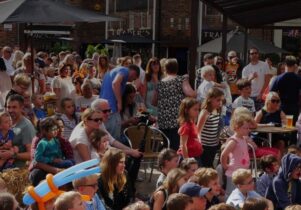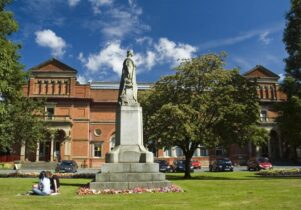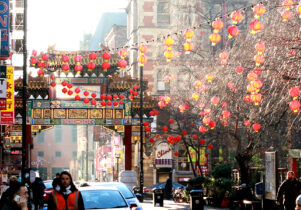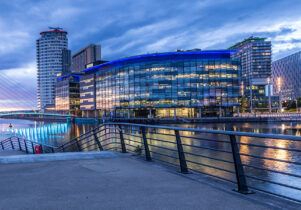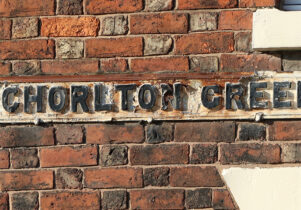The Portico Library
Creative TouristVisit now
The Portico Library
- Monday10:00am - 5:00pm
- Tuesday10:00am - 5:00pm
- Wednesday10:00am - 5:00pm
- Thursday10:00am - 7:00pm
- Friday11:00am - 5:00pm
- Saturday12:00pm - 4:00pm
Always double check opening hours with the venue before making a special visit.

With its discreet side entrance tucked away down Mosley Street, leading onto an initially unpromising set of winding stairs, the well-hidden Portico Library is one of Manchester city centre’s finest gems.
It first opened in 1806 as a members library and newsroom, a place where gentlemen and, after 1870, women could gather to digest the shipped-in news from London. Over two centuries later, it remains one of Manchester’s longest-running institutions and one of the city’s oldest buildings still fulfilling its original purpose of literature, learning and reading.
While still retaining much of its original character, any hint of musty Victorianism has been thoroughly dispelled. Today the Library is a cultural hub, with a busy year-round programme of free exhibitions, performances, public readings, talks, workshops and events open to all. Its programming centres on learning, creativity and diversity, spotlighting artists, writers and researchers from across society and exploring a wide range of subjects.
The Portico was aspirational from the start, founded during Manchester’s emergence as “the first modern city.” The Greek Revival building was designed by Thomas Harrison, and the huge Ionic columns that flank its entrance were a nod to the intellectual achievements of ancient Greece. Its collection of around 25,000 books and archives, spanning over 450 years of printing, reflects the mindset of the Georgian and Victorian members who set it up, including figures such as John Dalton, Peter Mark Roget and Elizabeth Gaskell.
It is important to acknowledge that the Library was built with wealth derived from the Industrial Revolution, British empire-building and colonial expansion. Its collection points to both the cultural advancements and the exclusions and inequities of its time. This complex history is frequently explored in the Portico’s programming, which seeks to confront the city’s past and its legacies.
In recent years the Portico has undertaken a major development project to bring all original floors back into use, improve accessibility and create flexible spaces for exhibitions, events and dining. It remains a perfect place to while away an afternoon, exploring what’s on, admiring the Regency architecture, and enjoying tea and cake in the domed gallery.


